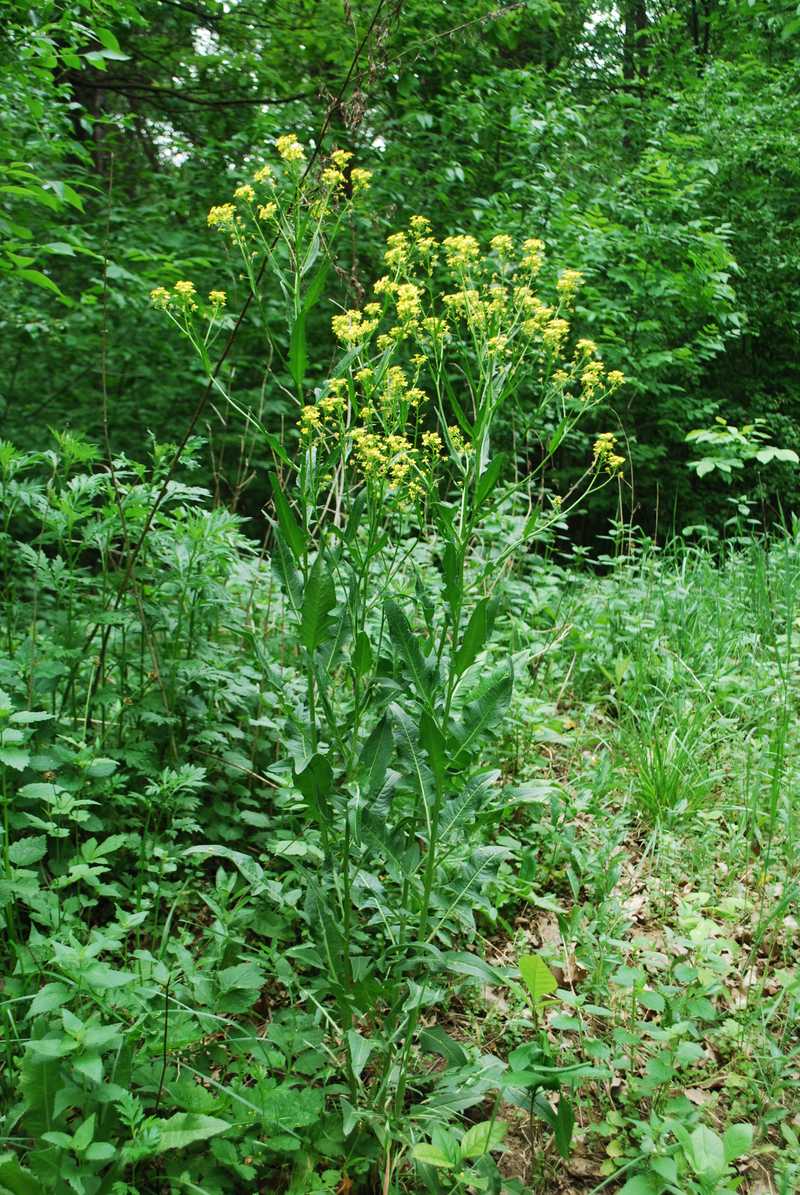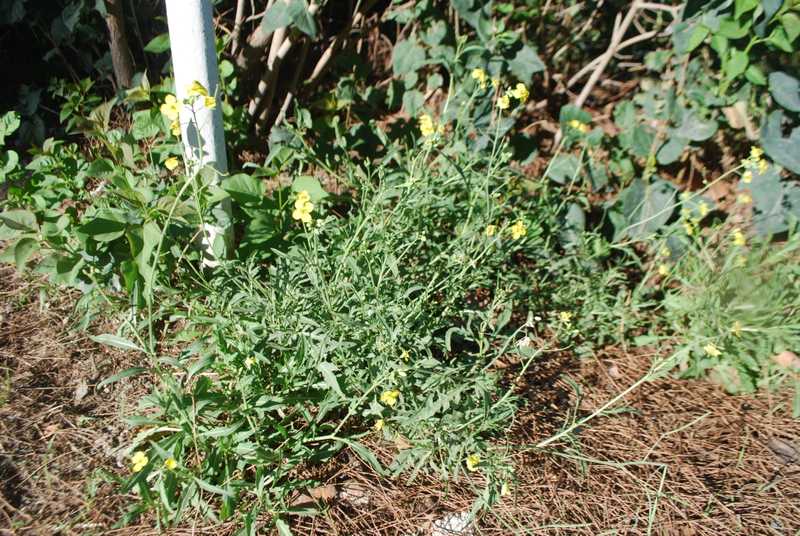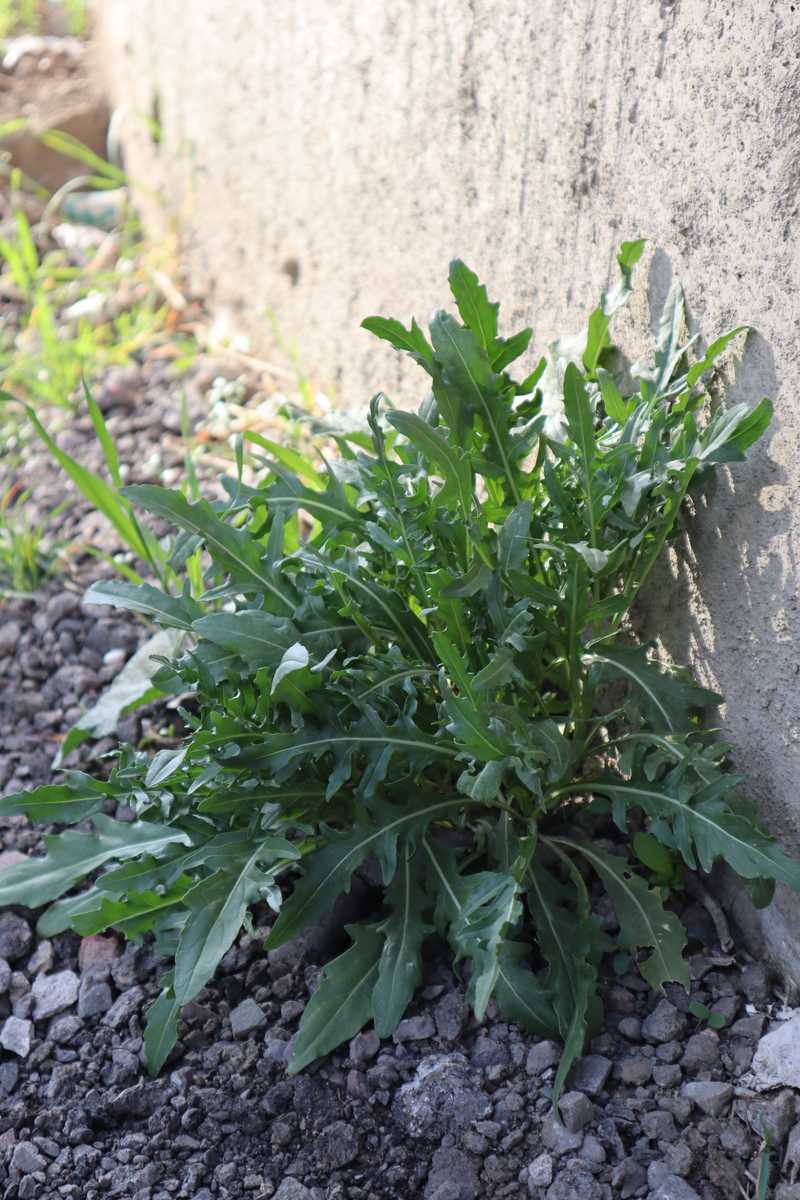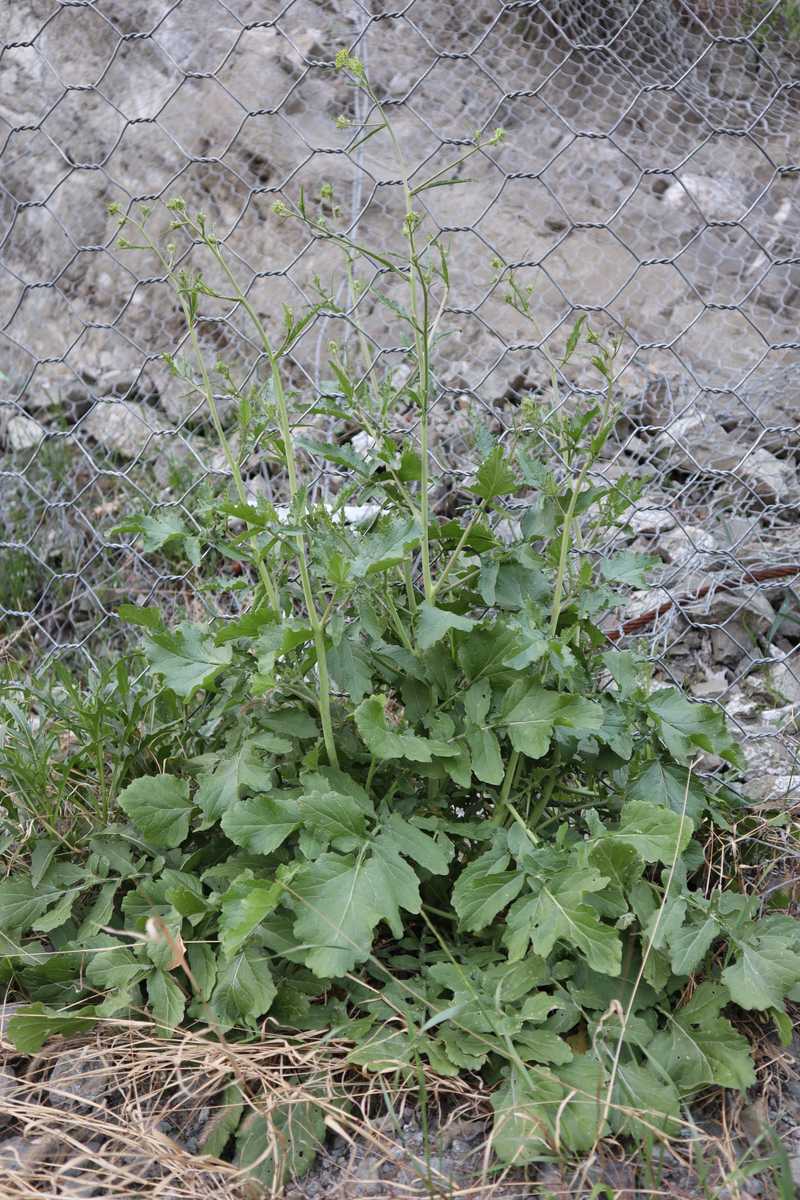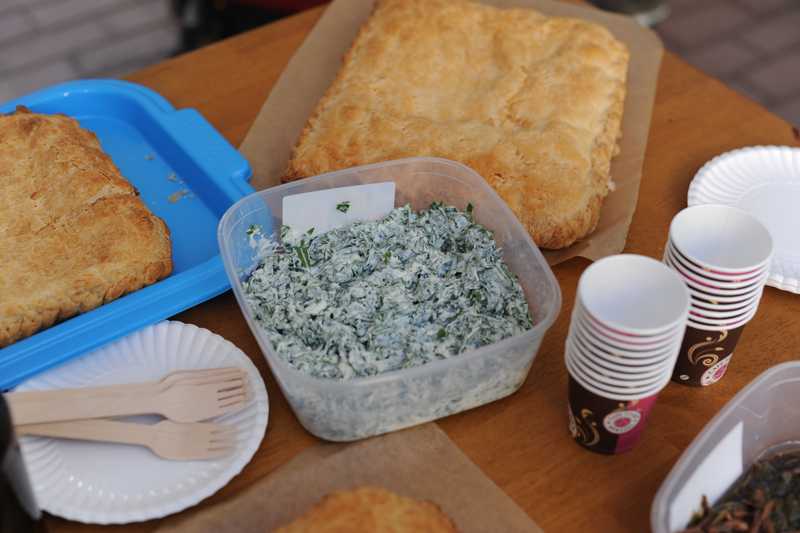Arugula and wintercress pesto. Photo by Petr Skrypnikov.
Arugula and wintercress are commonly found as weeds in the south of Russia and the Caucasus, including in urban areas. Wintercress is also found in the central part of European Russia. Spring wintercress tastes a little like cabbage or radish. At this stage, its leaves work well in salads, soups, and sauces. By mid-summer, the plant becomes bitter, and its leaves stringy.
Arugula preserves its flavor throughout the growing season. Arugula is best served fresh in salads. Wintercress and arugula can be used to make a kind of pesto that will preserve the flavor of these seasonal greens for the cold season. The recipe for this herbal paste is the same as for nettles or dead-nettles.
Wintercress. Schepkinsky forest, Rostov-on-Don.
Arugula. Telman street, Gelendzhik.
Arugula. Machavariani street, Tbilisi.
Wintercress. Tamarashvili street, Tbilisi.
Arugula with cream cheese. Presentation of Feral Forage project in the Untitled Gallery, Tbilisi. Photo by Anna Kacheishvili.
This work was commissioned for the exhibition “I don’t know whether the Earth is spinning or not...”, curated by Francesca Altamura and Lizaveta Matveeva for the VII Moscow International Biennale for Young Art.

